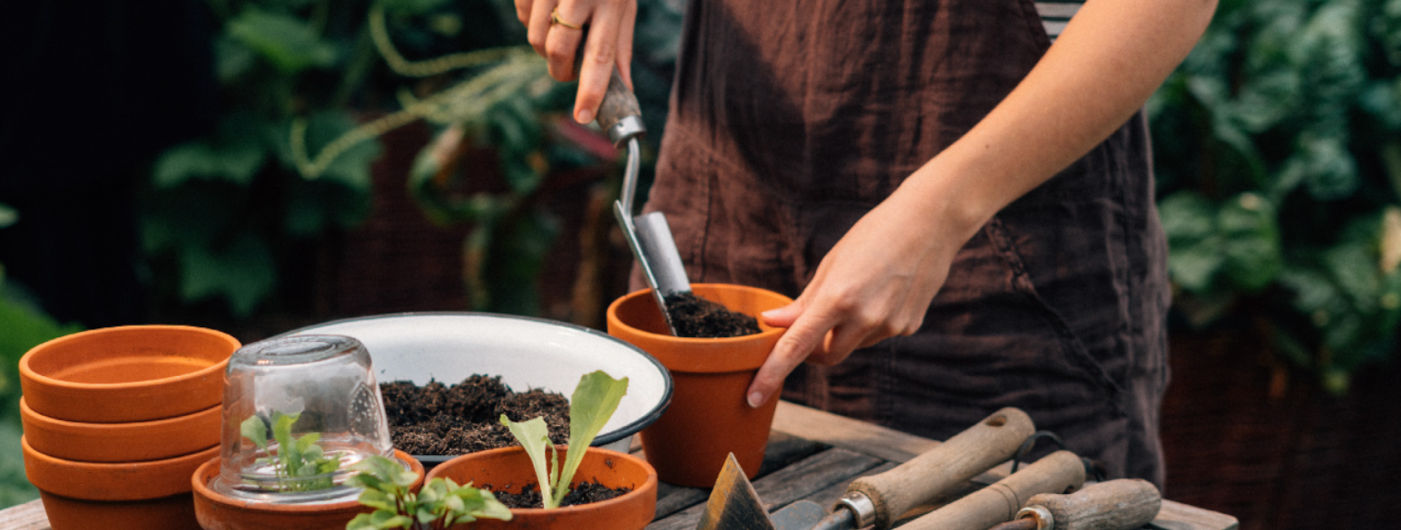News
Gardening Knowledge
It’s first thing in the morning, and you’re taking a leisurely stroll through the garden, coffee cup in hand – when you see that it’s happened yet again: those lovingly planted lettuce seedlings have disappeared, with just a chewed edge left behind. Snails and slugs are probably among the most dreaded of our garden companions. But rather than reaching for the slug pellets it’s worth turning to nature for the answers – there are many plants snails just can’t stand, and these are the ones you need to make your friends.
Have you heard of mulching? Maybe you’ve seen the ground in a garden or park covered with bark mulch, straw or grass clippings. But what’s this done for? And how can you use it in your own garden? Mulching is a simple but effective technique that will help you grow stronger, healthier vegetables, flowers and shrubs – and with very little effort!
Imagine your garden being full of fresh vegetables all year round. The secret? A continuous planting plan, good crop rotation and effective plant combinations. The never-ending veg plot is a concept you can apply anywhere, whether you’re growing in a raised bed, a traditional vegetable patch or a balcony garden.
Winter is gradually departing, the first rays of sunshine are warming the earth – now’s the perfect time to get your garden ready for the new season. March to early April is the ideal time to get your beds, raised beds and balcony containers shipshape and spring-ready.
Nature has its own internal rhythms, and following them in your garden can have a really powerful effect. While the traditional calendar gives us fixed dates, the phenology calendar follows a different principle: it’s aligned with natural developments in the world of plants and wildlife. Because of this it shows us when it’s really time for sowing, planting and harvesting.







